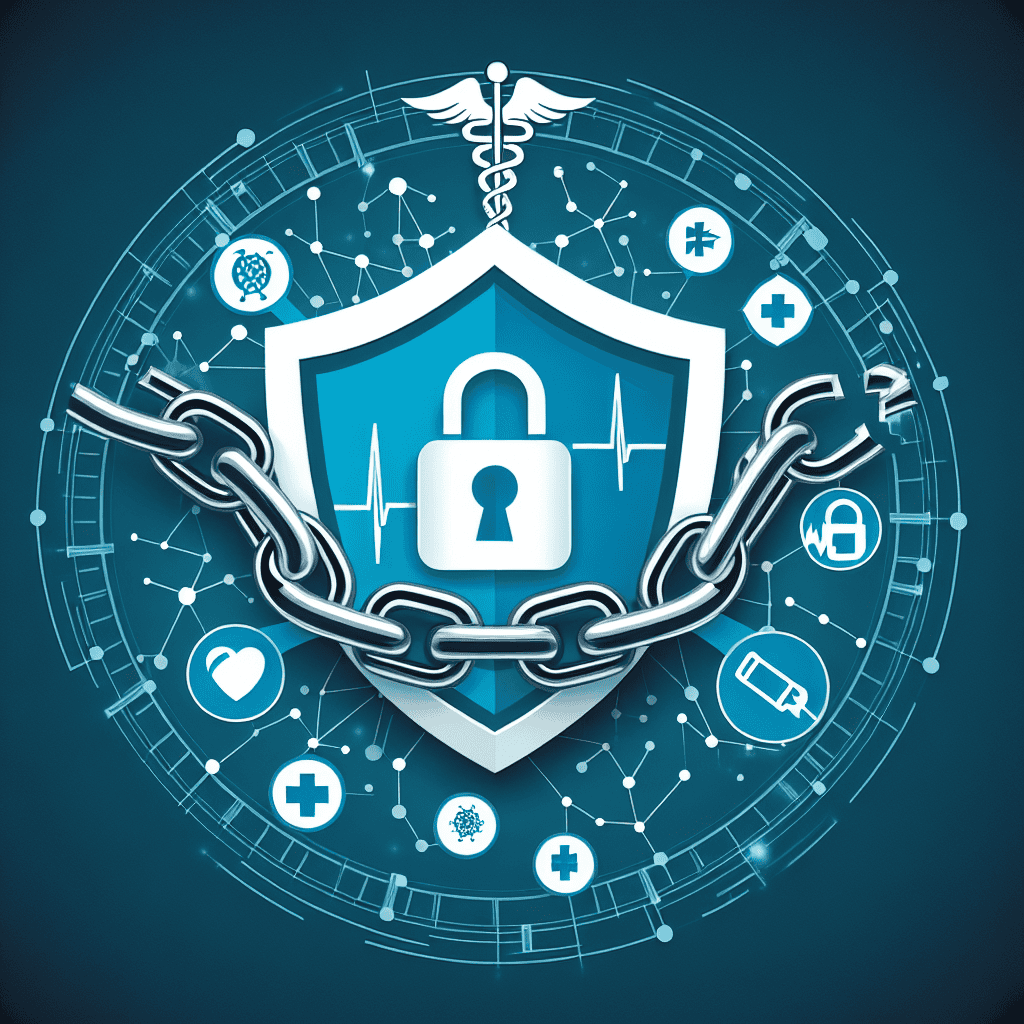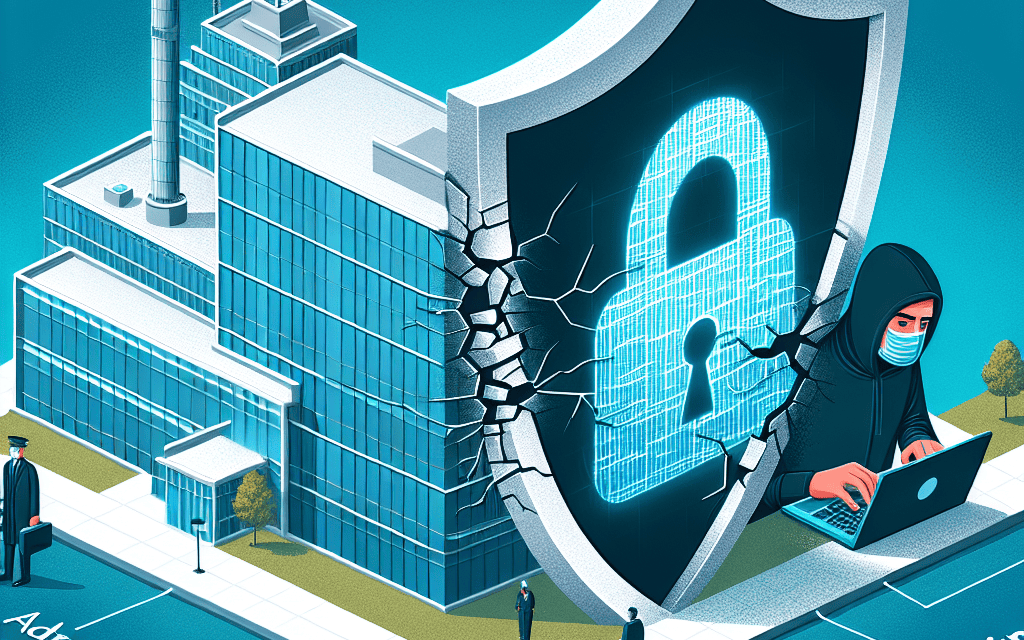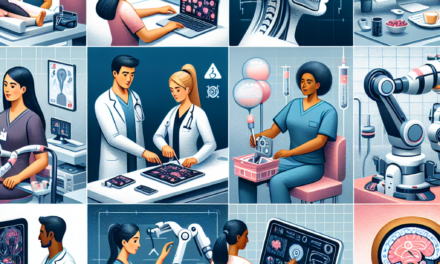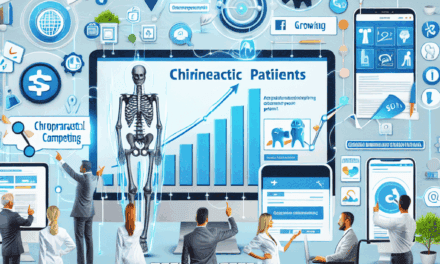Atrium Health Addresses Recent Social Engineering Breach

In an era where digital security is paramount, healthcare organizations are increasingly becoming targets for cybercriminals. Atrium Health, a leading healthcare provider, recently faced a significant social engineering breach that has raised concerns about the security of sensitive patient data. This article delves into the intricacies of the breach, the response from Atrium Health, and the broader implications for the healthcare industry.
Understanding Social Engineering and Its Impact on Healthcare
Social engineering is a tactic used by cybercriminals to manipulate individuals into divulging confidential information. Unlike traditional hacking methods that exploit technical vulnerabilities, social engineering targets human psychology. This makes it particularly insidious, as it can bypass even the most robust technical defenses.
In the context of healthcare, social engineering can have devastating consequences. Healthcare organizations store vast amounts of sensitive data, including personal identification information, medical records, and financial details. A successful breach can lead to identity theft, financial fraud, and even threats to patient safety.
According to a report by the Ponemon Institute, the average cost of a data breach in the healthcare sector is $7.13 million, the highest across all industries. This underscores the critical need for healthcare providers to prioritize cybersecurity and educate their staff about the risks of social engineering.
- Phishing: The most common form of social engineering, where attackers send fraudulent emails to trick recipients into revealing sensitive information.
- Pretexting: Involves creating a fabricated scenario to obtain information from a target.
- Baiting: Entices victims with a promise of a reward, such as free software or a gift card, in exchange for personal information.
- Tailgating: Occurs when an unauthorized person follows an authorized individual into a restricted area.
- Quid pro quo: Involves offering a service or benefit in exchange for information.
Understanding these tactics is crucial for healthcare organizations to develop effective countermeasures and protect their data from social engineering attacks.
The Atrium Health Breach: A Detailed Analysis
The recent breach at Atrium Health was a stark reminder of the vulnerabilities that exist within healthcare systems. The breach was orchestrated through a sophisticated social engineering attack that targeted employees with access to sensitive data.
Initial reports suggest that the attackers used a combination of phishing emails and pretexting to gain access to the network. By impersonating trusted sources, they were able to trick employees into revealing their login credentials. Once inside the system, the attackers had unfettered access to patient records and other confidential information.
In response to the breach, Atrium Health launched an internal investigation to assess the extent of the damage and identify the individuals responsible. The organization also notified affected patients and offered free credit monitoring services to mitigate the risk of identity theft.
While the breach was contained relatively quickly, it highlighted several areas for improvement in Atrium Health’s cybersecurity strategy. These include enhancing employee training programs, implementing multi-factor authentication, and conducting regular security audits to identify potential vulnerabilities.
Case studies from other healthcare organizations that have experienced similar breaches provide valuable insights into effective response strategies. For example, the 2015 breach at Anthem, which affected nearly 80 million individuals, led to significant changes in the company’s security protocols, including the adoption of advanced encryption technologies and the establishment of a dedicated cybersecurity team.
Lessons Learned and Best Practices for Healthcare Providers
The Atrium Health breach serves as a cautionary tale for healthcare providers worldwide. It underscores the importance of adopting a proactive approach to cybersecurity and implementing best practices to safeguard sensitive data.
One of the key lessons learned from the breach is the need for comprehensive employee training programs. Employees are often the first line of defense against social engineering attacks, and educating them about the risks and warning signs is crucial. Regular training sessions, simulated phishing exercises, and awareness campaigns can help reinforce the importance of cybersecurity and reduce the likelihood of successful attacks.
Another critical aspect of a robust cybersecurity strategy is the implementation of multi-factor authentication (MFA). By requiring multiple forms of verification, MFA adds an extra layer of security and makes it more difficult for attackers to gain unauthorized access to systems.
Healthcare providers should also consider investing in advanced threat detection and response solutions. These technologies can help identify and mitigate potential threats in real-time, minimizing the impact of a breach and reducing recovery time.
- Conduct regular security audits to identify vulnerabilities and address them promptly.
- Establish a dedicated cybersecurity team to monitor and respond to threats.
- Implement data encryption to protect sensitive information both in transit and at rest.
- Develop a comprehensive incident response plan to ensure a swift and effective response to breaches.
- Collaborate with industry partners and government agencies to share threat intelligence and best practices.
By adopting these best practices, healthcare providers can enhance their cybersecurity posture and protect their patients’ data from social engineering attacks.
The Role of Technology in Preventing Social Engineering Attacks
While employee training and awareness are critical components of a cybersecurity strategy, technology also plays a vital role in preventing social engineering attacks. Advances in artificial intelligence (AI) and machine learning (ML) have led to the development of sophisticated tools that can detect and respond to threats in real-time.
AI-powered threat detection systems can analyze vast amounts of data to identify patterns and anomalies that may indicate a potential attack. By leveraging machine learning algorithms, these systems can continuously improve their accuracy and effectiveness, providing healthcare organizations with a powerful tool to combat social engineering threats.
In addition to threat detection, AI and ML can also be used to enhance authentication processes. Biometric authentication, such as fingerprint or facial recognition, offers a more secure alternative to traditional password-based systems. By incorporating these technologies into their security protocols, healthcare providers can reduce the risk of unauthorized access and protect sensitive data.
Another promising technology is blockchain, which offers a decentralized and tamper-proof method of storing and sharing data. By implementing blockchain solutions, healthcare organizations can ensure the integrity and confidentiality of patient records, making it more difficult for attackers to manipulate or steal information.
- AI-powered threat detection systems for real-time monitoring and response.
- Biometric authentication for enhanced security and user convenience.
- Blockchain technology for secure and transparent data management.
- Encryption solutions to protect data both in transit and at rest.
- Cloud-based security services for scalable and cost-effective protection.
By embracing these technological advancements, healthcare providers can strengthen their defenses against social engineering attacks and safeguard their patients’ data.
The Future of Cybersecurity in Healthcare
The Atrium Health breach is a stark reminder of the evolving threat landscape facing healthcare organizations. As cybercriminals continue to develop new tactics and techniques, healthcare providers must remain vigilant and adapt their cybersecurity strategies accordingly.
One of the key trends shaping the future of cybersecurity in healthcare is the increasing adoption of cloud-based solutions. Cloud computing offers numerous benefits, including scalability, cost-effectiveness, and enhanced security. By migrating their systems to the cloud, healthcare providers can take advantage of advanced security features and reduce their reliance on on-premises infrastructure.
Another important trend is the growing emphasis on collaboration and information sharing. By working together, healthcare organizations, government agencies, and industry partners can share threat intelligence and best practices, improving their collective ability to detect and respond to cyber threats.
Regulatory compliance will also play a crucial role in shaping the future of cybersecurity in healthcare. As governments around the world introduce stricter data protection laws, healthcare providers will need to ensure that their security practices align with these regulations to avoid costly fines and reputational damage.
- Increased adoption of cloud-based solutions for enhanced security and scalability.
- Collaboration and information sharing among industry stakeholders.
- Stricter regulatory compliance requirements to protect patient data.
- Integration of AI and ML technologies for advanced threat detection and response.
- Focus on patient-centric security solutions to enhance trust and confidence.
By staying ahead of these trends and continuously evolving their cybersecurity strategies, healthcare providers can protect their patients’ data and maintain their trust in an increasingly digital world.
Conclusion
The recent social engineering breach at Atrium Health serves as a wake-up call for healthcare providers worldwide. It highlights the critical need for robust cybersecurity measures and underscores the importance of employee training, technological innovation, and industry collaboration in safeguarding sensitive data.
By understanding the tactics used by cybercriminals and implementing best practices, healthcare organizations can enhance their defenses against social engineering attacks and protect their patients’ information. As the threat landscape continues to evolve, healthcare providers must remain vigilant and adapt their strategies to stay one step ahead of cybercriminals.
Ultimately, the future of cybersecurity in healthcare will be shaped by the integration of advanced technologies, regulatory compliance, and a patient-centric approach to data protection. By embracing these principles, healthcare providers can ensure the security and confidentiality of their patients’ data and maintain their trust in an increasingly digital world.





